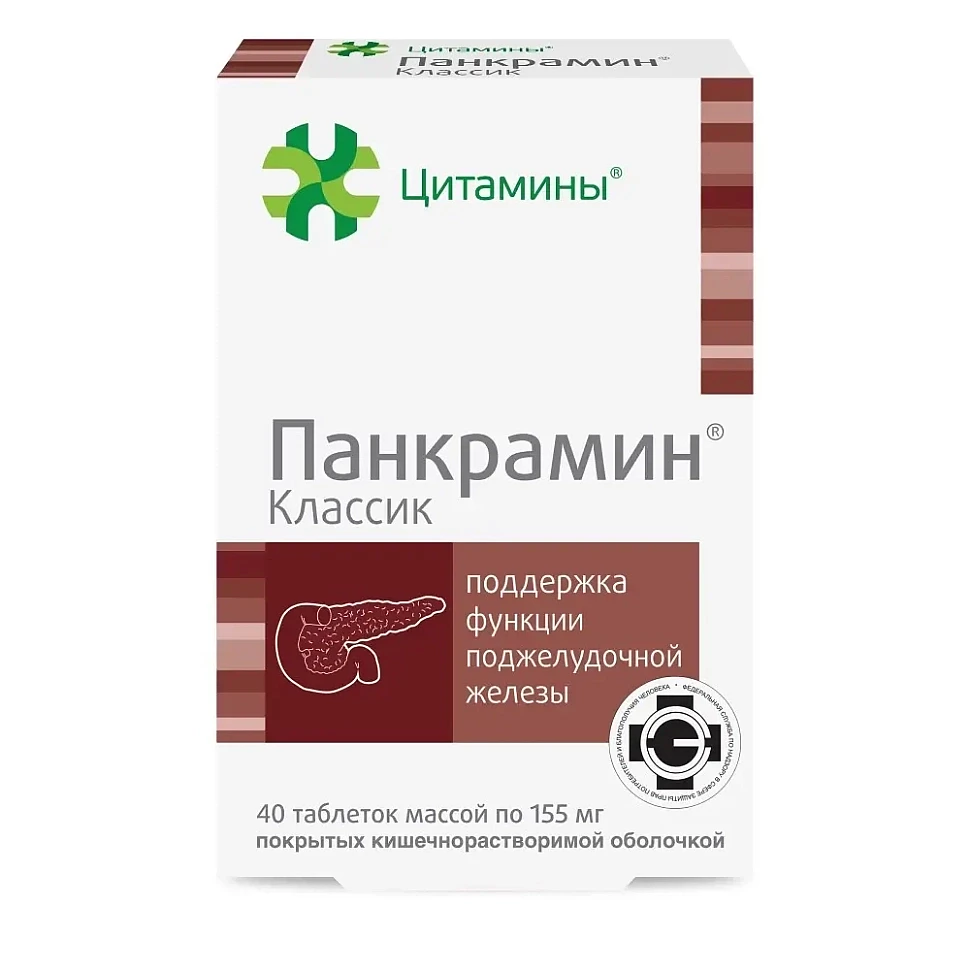Pancreatic Elastase Stool Test

Proteases are a group of enzymes that break down protein structures. One of the representatives of this class of substances is pancreatic elastase-1, intended for elastin hydrolysis. The level of this enzyme in stool can be measured to measure the functional activity of the pancreas. In this article, we will talk about the indications for the analysis of fecal masses for the content of proteases - pancreatic elastase-1, consider the preparation for a study.
Indications for the study
Fecal analysis for pancreatic elastase-1 has been shown to be a highly sensitive diagnostic method widely used in gastroenterological practice.
As we have already said, the main indication for this study is the suspicion of pancreatic dysfunction. A stool test for pancreatic elastase-1 is done when there are complaints of abdominal pain associated with eating, flatulence, a sudden decrease in weight, unsteadiness of the stool and so on.
This technique can detect pancreatic secretory insufficiency. It is also used to diagnose the chronic inflammatory process on the part of this organ. In 2018, scientists from the University of Medicine published a paper concluding that pancreatic elastase can be considered as the gold standard for diagnosing chronic pancreatitis.
Other indications for analysis include suspected cystic fibrosis, pancreatic malignancies, and evaluation of the effectiveness of ongoing treatment.
Preparing for the test
As we have said many times, feces are used as the material for the study, which is preferably collected in the morning. A few days before the test should refuse the use of laxatives, rectal suppositories. There are no food restrictions. Stool should be collected in a sterile container, tightly closed with a lid. After that, it is advisable to deliver the material to the laboratory as soon as possible. If this is not possible, the container is placed in a refrigerator, where it can be kept for 24 hours. Enzyme-linked immunosorbent assay is used to determine pancreatic elastase-1 in stool.

Result Decryption
Normally, stool should contain at least 201 mcg/g of pancreatic elastase-1. High values are normal and not clinically significant.
Decreased levels may indicate pancreatic secretory dysfunction. This phenomenon occurs in the presence of a chronic inflammatory process, malignant neoplasms of this organ. Cystic fibrosis is another possible cause.
Sometimes a decrease in pancreatic elastase-1 suggests diabetes mellitus, granulomatous inflammation of the small bowel.

